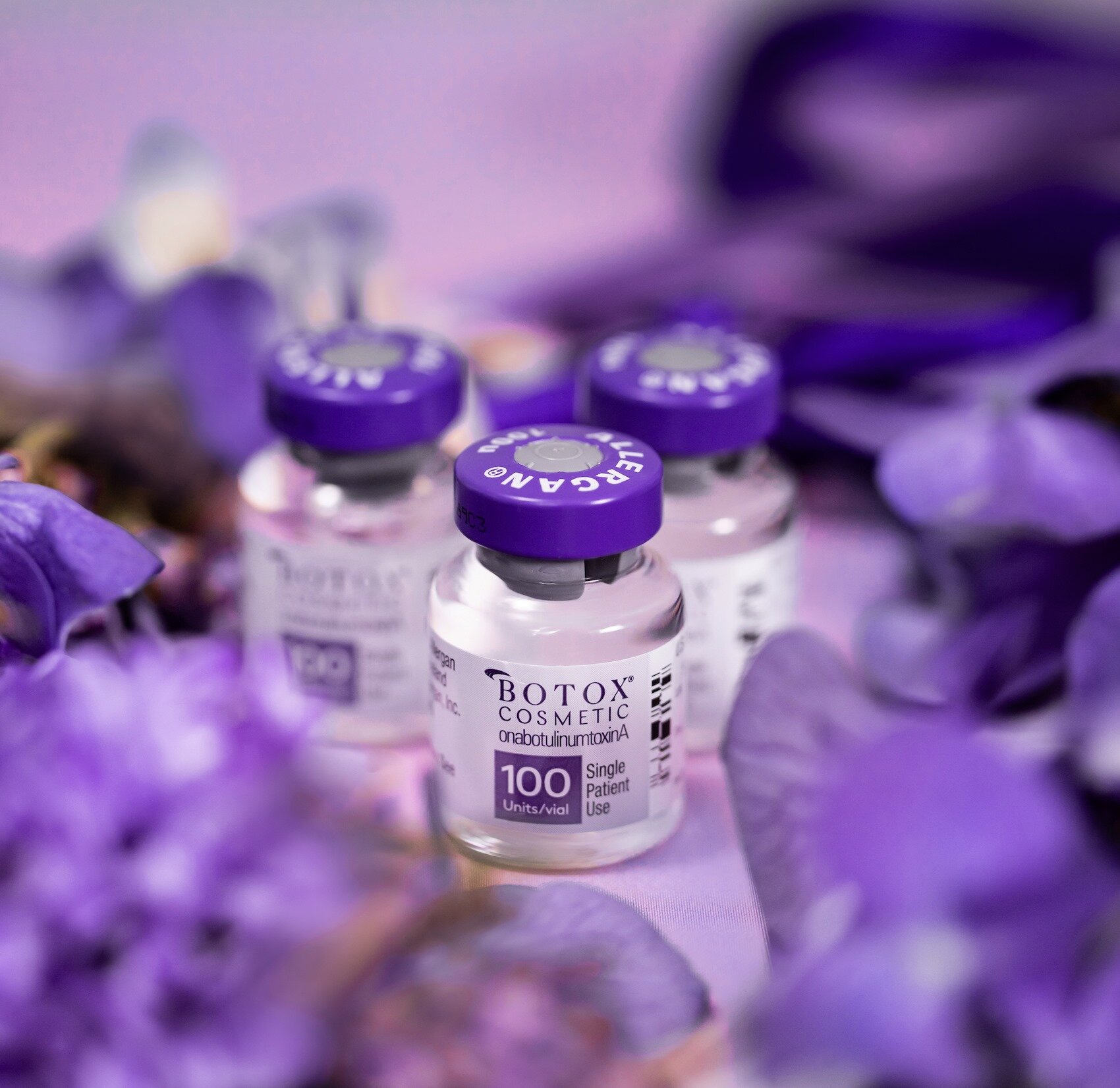Botox is a fairly common cosmetic procedure that involves injecting botulinum toxins into the muscles. The neurotoxin prevents the muscles from moving and temporarily reduces wrinkles and lines on your face. A practiced Botox professional can also use Botox to help with migraines, TMJ, neck spasms, excessive sweating, and an overactive bladder.
For those who haven’t tried Botox, the side effects may seem to outweigh the risks. But in reality, Botox is a safe way to reduce the signs of aging and take years off your face. The treatment takes less than 30 minutes to complete and isn’t permanent. So if you don’t like the results, you only need to wait for your face to return to normal!
Keep reading to learn what not to do after Botox injections as well as a few ways to optimize the results of your treatment.


Botox is considered a safe treatment, but the side effects and risks of injecting neurotoxins into the muscles can be severe. Mild symptoms include pain, swelling, and bruising at the injection site. In some cases, more serious symptoms can range from a headache or flu-like symptoms to facial asymmetries.
Inappropriately applied Botox can also cause side effects like drooling, watery or dry eyes, and infections at the injection site. Most risks can be mitigated by working with an experienced Botox provider like those at Stadia Med Spa.
While the side effects and risks of Botox may sound extreme, a majority of cases don’t see any side effects. And the benefits of Botox – including fewer lines and wrinkles – are dramatic!
Here is a comprehensive list of commonly asked questions and what not to do after Botox injections.
When you lay down or sleep, gravity pulls down on the Botox injections and can affect how the injection is absorbed by your muscles.
For optimal results, you should wait between four and six hours after your appointment to lie down to prevent migrating. While migrating Botox isn’t known to have long-term effects, it can increase your risk of complications.
Migrating Botox also decreases the effectiveness of your treatment. You won’t have the same results and may experience asymmetries or drooping.
Your Botox can also migrate if you massage or rub the treatment area. Not only that but rubbing your face after Botox can prolong redness and cause irritation or bruising. You may push the proteins to other muscles which may cause facial asymmetries, drooling, and watery or dry eyes.
A qualified medical professional is intimately acquainted with where to inject Botox. They choose the muscle and dosage carefully to ensure optimal results. Rubbing the area will change where your Botox settles and interfere with your overall results.
Exercise can negatively influence your Botox if you do it too soon. The added heat and movement both increase your risk of complications and interfere with recovery.
Wait between four and six hours to do mild or moderate exercise. More intense exercise – or any exercise that makes your heart rate rise over 130 – should be avoided for 24 hours after treatment. Running, weight lifting, and hot yoga are a few types of strenuous exercise that may interfere with your Botox results.
Drinking alcohol after Botox is best avoided. Not only can alcohol increase your risk of complications, but it prolongs your recovery. You should wait at least 24 hours after your appointment to drink alcohol.
Common side effects of Botox include swelling, bruising, and irritation at the injection site. Alcohol is a vasodilator, which means that it thins out your blood and increases your circulation. While circulation and blood flow are generally crucial aspects of health, they can increase swelling and bruising after Botox.
You should avoid hot showers after Botox. Heat affects your recovery because heat increases circulation. A hot shower, sauna, or hot tub may increase bruising or swelling and prevent your treatment site from healing. The heat may also affect where your Botox settles and cause drooping or migrating.
But all of that doesn’t mean that you can’t shower after Botox. You simply need to take a cold shower instead of a hot one!
Facials and facial massage can cause Botox to migrate. Avoid all other medical spa treatments for two weeks to ensure your best results. Saunas, hot showers, and any other treatment that uses heat will interfere with healing.
If you are going to combine treatments at a medical spa, Botox should be the last on your list.
Most injectable treatments require you to avoid sun exposure before and after your treatment. Newer formulas make it safer for you to be out in the sun after Botox, but you should still take extra care to avoid sun exposure for 24 hours. The heat from the sun can cause your Botox to migrate and interfere with your results.
Stadia Med Spa in San Antonio, TX, offers Botox injections to fulfill both your aesthetic and medical goals. Enhance your natural beauty by reducing fine lines and wrinkles, or address the underlying muscle tension that causes TMJ and migraines.
Once you know what not to do after Botox injections, the treatment becomes a lot less intimidating, Most people see great results from their treatment without ever experiencing any side effects. Contact Stadia Med Spa to schedule a free consultation and start your journey with Botox today.
Call 210-881-6270 today!